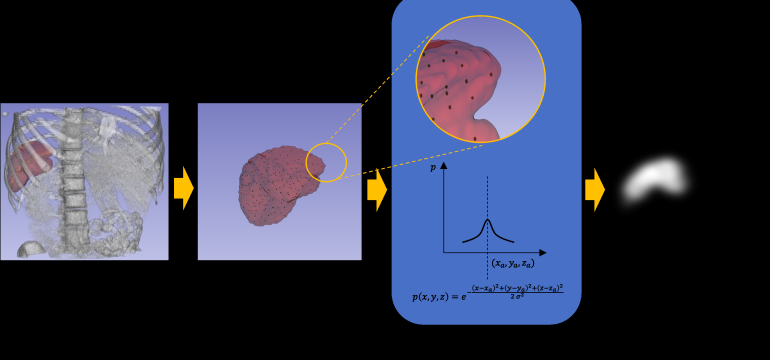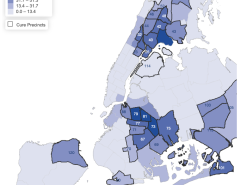Authors: Zhaoxin Fan, Runmin Jiang, Junhao Wu, Xin Huang, Tianyang Wang, Heng Huang, Min Xu
Published on: March 05, 2024
Impact Score: 7.4
Arxiv code: Arxiv:2403.02566
Summary
- What is new: A novel probabilistic-aware weakly supervised learning pipeline for 3D medical image segmentation, integrating a pseudo-label generation technique, a Probabilistic Multi-head Self-Attention network, and a Probability-informed Segmentation Loss Function.
- Why this is important: Fully supervised medical image segmentation requires labor-intensive, fully annotated ground-truth labels, which is time-consuming, especially for 3D images.
- What the research proposes: A weakly supervised learning approach that reduces reliance on fully annotated datasets by generating pseudo-labels and employing probabilistic models for accurate segmentation.
- Results: Achieved up to 18.1% improvement in Dice scores for certain organs in CT and MRI datasets, rivaling fully supervised methods and surpassing existing weakly supervised approaches.
Technical Details
Technological frameworks used: Probabilistic Transformer Network
Models used: Probabilistic Multi-head Self-Attention network
Data used: CT and MRI datasets
Potential Impact
Healthcare providers, medical image analysis software companies, hospitals, and radiology departments could benefit significantly, potentially disrupting current medical imaging and diagnostic processes.
Want to implement this idea in a business?
We have generated a startup concept here: ProbSegAI.




Leave a Reply